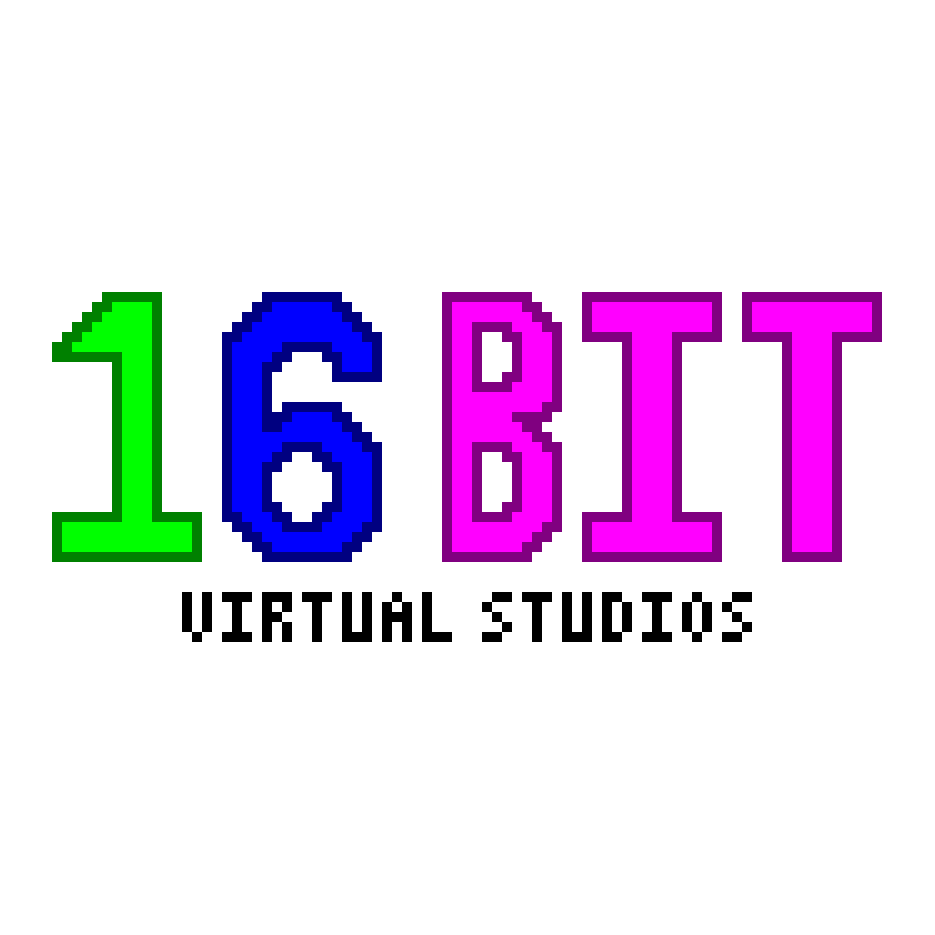

When I was getting into PC gaming, I bought Wolfenstein the new Order as a DVD. What it turned out to be was Wolfenstein the new order… on steam, with several DVDs (4-8) that had the games data. I installed it this way once and never again.
I run 16 Bit Virtual Studios. You can find more reviews from me on YouTube youtube.com/@16bitvirtual or other social media @16bitvirtual, and we sell our 3D Printed stuff on 16bitstore.com


When I was getting into PC gaming, I bought Wolfenstein the new Order as a DVD. What it turned out to be was Wolfenstein the new order… on steam, with several DVDs (4-8) that had the games data. I installed it this way once and never again.


I mean it can’t be that old, it was only released in 2008. That’s what 17 years ago. oh… it was 17 years ago.


While the Discs are more scratch proof the data side of the disc is more fragile sadly. Just lost my copy of blops due to 2 pin holes in the label.


I think if there was a Linux step, it would be to remove proprietary drivers if installed then enable nouveau. If there are features missing on your new card, move back to the proprietary.
For those who say “why install proprietary”, say hello to the annoying world of OpenCL.


DVD was to make a physical media of streaming content for a relative who doesn’t use technology but wanted to watch it. This would’ve been about 5 years ago ish since we don’t see them much anymore.
CD was about 3 years ago for my car since its head unit didn’t have car play. We’ve since purchased an iPod 7th gen to do the job.


Printables has paid models now if you want to support a designer. I remember being recommended MyMiniFactory for more premium print a while ago.
With that said, I think it depends on what you are looking for and what you are trying to make. I see a lot of comments recommending Blender and FreeCAD. So I wanted to give you alternatives.
With that said, Blender is for 3D Modeling (think molding with Clay), where as FreeCAD is more like blueprints. Both have a high learning curve, and Blender has a large community to help new users. FreeCAD is getting there, but has a steep learning Curve. TinkerCAD and Fusion from Autodesk may get some hate here (for many good reason), but are the easiest softwares to get into if you want to make mechanical design.


While cantilever printers can be an annoying honestly converting your Mini to direct drive will improve print quality more than dual Z motors.
That said have fun it’s your machine.


Honestly PS2 or the next gen up, PS3 and 360.
Lots of variety and great games for rock bottom prices. PS2 is starting to get up there are discs fail and systems ware down. But due to being the best selling system of all time. It’s be a while until it’s crazy.
Another option is to look around and buy local. Who knows what you’ll find for cheap.


I just got a 256GB steam deck. It’s do able. But you’ll want a PC nearby with your games installed. Then it’ll just download it from your PC for lightning fast installs.


Good night cheapest game box on the market.


Got a framework 13 the steam deck kicks its butt in everything. No competition especially for the price


Considering I got my deck last week, not surprising


If I had to guess, the game isn’t gamepad optimized i.e. CIV 5, so the game is marked as a keyboard game.
Just shows how well steam input works.


This is a lot. Buggier than I’d thought it’d be.
Tried to change the background color and it crashes the settings app. Search works for exact spelling only and not context or meta data. Search for image and music and you’ll get nothing.
However there is a lot of potential and it’s what I’d install on a MacBook as an alternative. Maybe next release would be good.


MEGA Man 2 is the go to and read strategy guides for the boss order.
The games are hard and unfair, but mastering them is where the fun is.
Also Make sure you have the option for a turbo button.


I like gnomes features but not gnome itself. Cinnamon is good, but has its faults. Plasma is better but is missing online features (calendar for example can’t be used to create events or sync with your cloud accounts). Really would like to see how Comic a desktop turns out when it’s ready.


Shhhh, she might hear you and totally wasn’t my plan.
If my original Steam Controller dongle wasn’t destroyed I’d totally test it too.


These controllers worked on my friends system.


My wife is aiming to get a Steam Machine when they become available. This steam deck is taking the place of it until then for me.
It’s no worse then my older consoles and the alternatives from Ayn or Ambernic, and the facts it’s being consider and worked on is a positive.
I use it since the login requirements are insane for vanilla Minecraft.